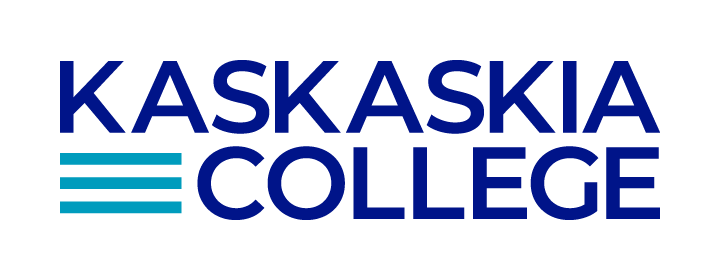Math
Redesign
Gateway math should prepare students for success, not derail their dreams. Our proven redesign methodology transforms algebra, statistics, precalculus, technical math, and calculus courses into engaging course experiences that build confidence and mathematical reasoning skills.

The Hidden Cost of Outdated Math Courses and Pathways
High DFW rates in gateway math persist despite reform efforts because most changes address symptoms rather than root causes. Students are more disengaged than ever and experience math as abstract and irrelevant, leading to avoidance behaviors and academic derailment. This can look like:
- Students not showing up to class or failing to enroll because they don’t see the point
- Math anxiety cycles where fear of mathematics becomes a self-fulfilling prophecy of failure
- High failure rates in gateway math courses that force students to repeat classes multiple times or drop out completely
- Developmental sequences that trap students in prerequisite courses rather than accelerating progress
- Faculty frustration with teaching disengaged students
We Design and Implement Math Courses and Pathways That Move Students Closer to Their Goals
We don't just update math curriculum. We transform the culture of mathematics at your institution by overhauling content, instruction, assessment, technology, and support systems. Change at this scale requires faculty buy-in and relentless collaboration to overcome inertia, politics, and resource constraints.
Our comprehensive “done with you” approach addresses math anxiety, placement effectiveness, faculty development, corequisite support, and student support systems to create lasting, scalable reform that improves outcomes for all learners.

- Elementary Algebra: Limiting or eliminating this course for students, focusing on reasoning over memorization
- College Algebra: Create engaging approaches to using functions in the ways that STEM, business, and industry use them
- Intermediate Algebra: Eliminating the full course while preserving the important skills within it
- Statistics: Develop quantitative reasoning through real-world data analysis and interpretation
- Precalculus: Build conceptual foundations for calculus success through active learning methods
- Quantitative Reasoning: Increase mathematical literacy for non-STEM majors with practical applications
- STEM Preparation: Rigorous foundations that prepare students for advanced mathematics courses
Comprehensive
Math
Redesign Services
Proven Results, Lasting Impact from Gateway
Math
Transformations

Improving Course Outcomes in Technical Math at Kaskaskia College
Before working with Almy Education, Kaskaskia College's two redundant, self-paced technical math courses contained unnecessary algebra, lacked focus on essential skills like fractions and measurement, and failed to meet the needs of their technical programs. The college subsequently developed a streamlined, single 4-credit technical math course with a corequisite option, replacing the self-paced approach with active learning, contextual applications, and measurement labs to better align content with student career goals.

Implementing Corequisite College Algebra at Black Hawk College
After struggling with inconsistent placement and low success rates in College Algebra, Black Hawk College partnered with Almy Education to implement a corequisite model supported by ALEKS PPL for more accurate placement. This redesign—which included streamlined registration and blended course sections—led to a dramatic rise in success rates, jumping from 48.6% to 90.9% in the pilot semester.
Expert Resources for
Math
Redesign

How to Teach Graphing
Reading graphs and extracting essential information has proven to be challenging for many. The global pandemic laid bare a widespread deficiency in graphical literacy among the general public, including undergraduate students. In this article we discuss the three relatively recent articles that stand out, dissecting graphing instruction and assessment and offering essential insights on cultivating graphing skills in students.

.jpg)
Teaching Data as Graphs
Graphical literacy can be broken down into component parts that can be measured. While there is research on existing knowledge and skills, there is a scarcity of research on effective teaching strategies to support the learning of graphical literacy skills.



